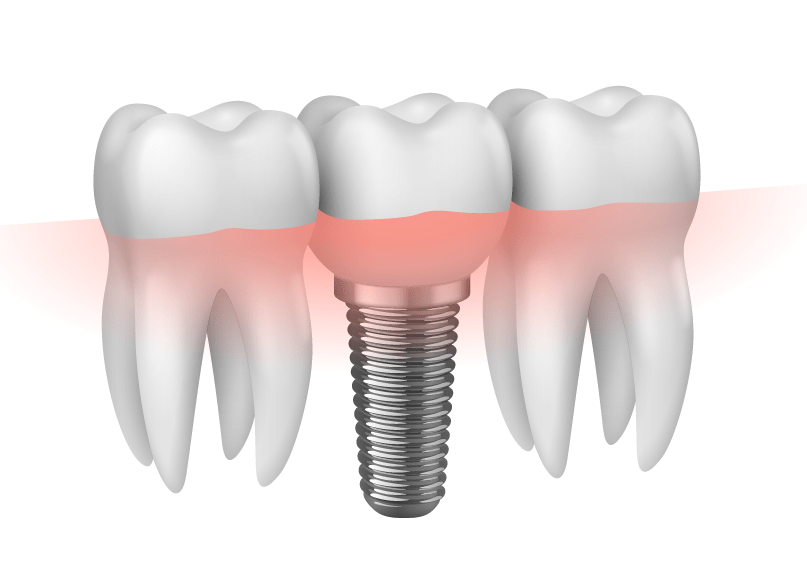Chiropractic care is widely known for helping adults manage back pain, neck stiffness, and posture problems, but its benefits are not limited to grown-ups. Pediatric chiropractic is a specialized branch of chiropractic care that focuses on the unique needs of infants, children, and adolescents. By using gentle, age-appropriate techniques, pediatric chiropractors aim to support a child’s overall wellness, growth, and nervous system health.
In recent years, more parents have been exploring this form of natural care, seeking ways to help their children thrive without relying heavily on medication. From newborns experiencing birth-related tension to teenagers struggling with sports injuries, pediatric chiropractic offers an individualized approach to health.
What Is Pediatric Chiropractic?
Pediatric Chiropractic involves assessing and adjusting a child’s spine and musculoskeletal system using safe, gentle, and targeted methods. Unlike standard chiropractic adjustments for adults, pediatric adjustments use very light pressure — often comparable to the touch used to check the ripeness of a tomato.
The goal is not only to address pain but also to ensure proper alignment of the spine and balance within the nervous system. Since the nervous system controls nearly every function of the body, even small spinal misalignments (called subluxations) can impact sleep patterns, digestion, immune function, and overall development.
Why Children May Need Chiropractic Care
Children’s bodies grow and change at an extraordinary pace. From learning to hold up their heads to taking their first steps and beyond, they encounter physical challenges that can affect their posture, coordination, and spinal alignment. Several situations can create tension or misalignments that a pediatric chiropractor can address, such as:
-
Birth trauma – Even a smooth birth can place stress on a newborn’s spine and neck.
-
Falls and bumps – Common in toddlers exploring their environment.
-
Sports injuries – Active children and young athletes can experience sprains, strains, or repetitive stress.
-
Poor posture – Technology use can lead to “tech neck” even in young children.
-
Scoliosis – Early detection and management can make a difference.
-
Chronic ear infections or colic – Though chiropractic is not a cure, some parents report improvement in symptoms after care.
How Pediatric Chiropractic Works
A pediatric chiropractic session begins with a thorough health history and examination. The chiropractor will ask about birth details, milestones, daily habits, and any health concerns. Observations may include posture, gait, and range of motion.
The adjustment process for children is extremely gentle. For infants, chiropractors often use light fingertip pressure or small, specialized instruments to make corrections. Older children and teens may receive mild manual adjustments, stretching, and mobility exercises.
Beyond spinal adjustments, pediatric chiropractors may also provide advice on ergonomics, nutrition, and exercises to encourage healthy growth.
Benefits of Pediatric Chiropractic Care
While every child responds differently, parents often report a range of benefits after their children receive chiropractic care. These may include:
-
Improved sleep quality
Proper spinal alignment and reduced nervous system tension can promote more restful sleep. -
Better posture
Early intervention can help correct posture issues before they become long-term problems. -
Enhanced immune function
A well-functioning nervous system may support the body’s natural defense mechanisms. -
Reduced discomfort from growth spurts
As children grow rapidly, chiropractic care can ease joint or muscle discomfort. -
Support for developmental milestones
Gentle adjustments may help children achieve movement skills more comfortably.
Safety of Pediatric Chiropractic
A major concern for parents is whether chiropractic care is safe for their children. When performed by a chiropractor trained in pediatric techniques, the process is considered safe and non-invasive. These practitioners understand child anatomy and use extremely low-force adjustments.
Research and clinical experience suggest that adverse effects are rare and typically mild, such as temporary soreness. Parents are encouraged to choose licensed chiropractors with postgraduate pediatric training and to discuss any health concerns before starting care.
Pediatric Chiropractic and Common Childhood Conditions
Though chiropractic care is not a replacement for medical treatment, some parents turn to it for support with certain conditions. Examples include:
-
Colic – Gentle spinal adjustments may help calm excessive crying in some infants.
-
Chronic ear infections – Some case studies suggest improvement in fluid drainage and reduced recurrence.
-
Torticollis – Misalignments in the neck may respond to gentle adjustments, improving head mobility.
-
Asthma and allergies – While not a cure, some parents notice better breathing patterns and reduced symptom severity.
-
Sports injuries – Adjustments and rehabilitation exercises can support recovery and prevent re-injury.
It’s important to work alongside pediatricians to ensure a coordinated approach to a child’s health.
What to Expect at a Pediatric Chiropractic Visit
First appointment:
-
Detailed health history and discussion of concerns.
-
Non-invasive examination to check posture, spinal movement, and muscle tone.
-
Explanation of findings and personalized care plan.
During adjustments:
-
Child remains clothed.
-
Minimal pressure is used — sometimes as light as a touch on the cheek.
-
Sessions are usually brief to match a child’s attention span.
Follow-up care:
-
Frequency of visits depends on the child’s needs and goals.
-
Chiropractor may recommend home stretches, posture tips, or lifestyle adjustments.
Choosing the Right Pediatric Chiropractor
When selecting a chiropractor for your child, consider the following:
-
Specialized training – Look for practitioners with certification in pediatric chiropractic from recognized organizations.
-
Experience – Ask how long they have been treating children.
-
Parent reviews – Positive feedback from other families can offer reassurance.
-
Communication style – The chiropractor should explain procedures clearly and make both child and parent feel comfortable.
-
Collaborative approach – Willingness to coordinate care with your child’s pediatrician or other healthcare providers.
Myths About Pediatric Chiropractic
Myth 1: Chiropractic adjustments are too forceful for children.
Reality: Pediatric techniques use very light, controlled pressure suitable for young spines.
Myth 2: Children only need chiropractic if they are injured.
Reality: Preventative care can support healthy development and posture even without current pain.
Myth 3: Chiropractic is a substitute for medical care.
Reality: It is a complementary approach that works best alongside traditional healthcare.
Final Thoughts
Pediatric chiropractic is more than just a treatment for back pain — it’s a holistic, gentle approach to supporting a child’s overall health and development. With a focus on safe, age-appropriate techniques, it can address spinal alignment, posture, and nervous system function during the most critical years of growth.
As more parents seek natural, drug-free solutions, pediatric chiropractic continues to grow in popularity. Whether your child is a newborn recovering from birth strain, a school-aged child with posture issues, or a young athlete recovering from injury, this form of care may offer valuable support for a lifetime of wellness.




